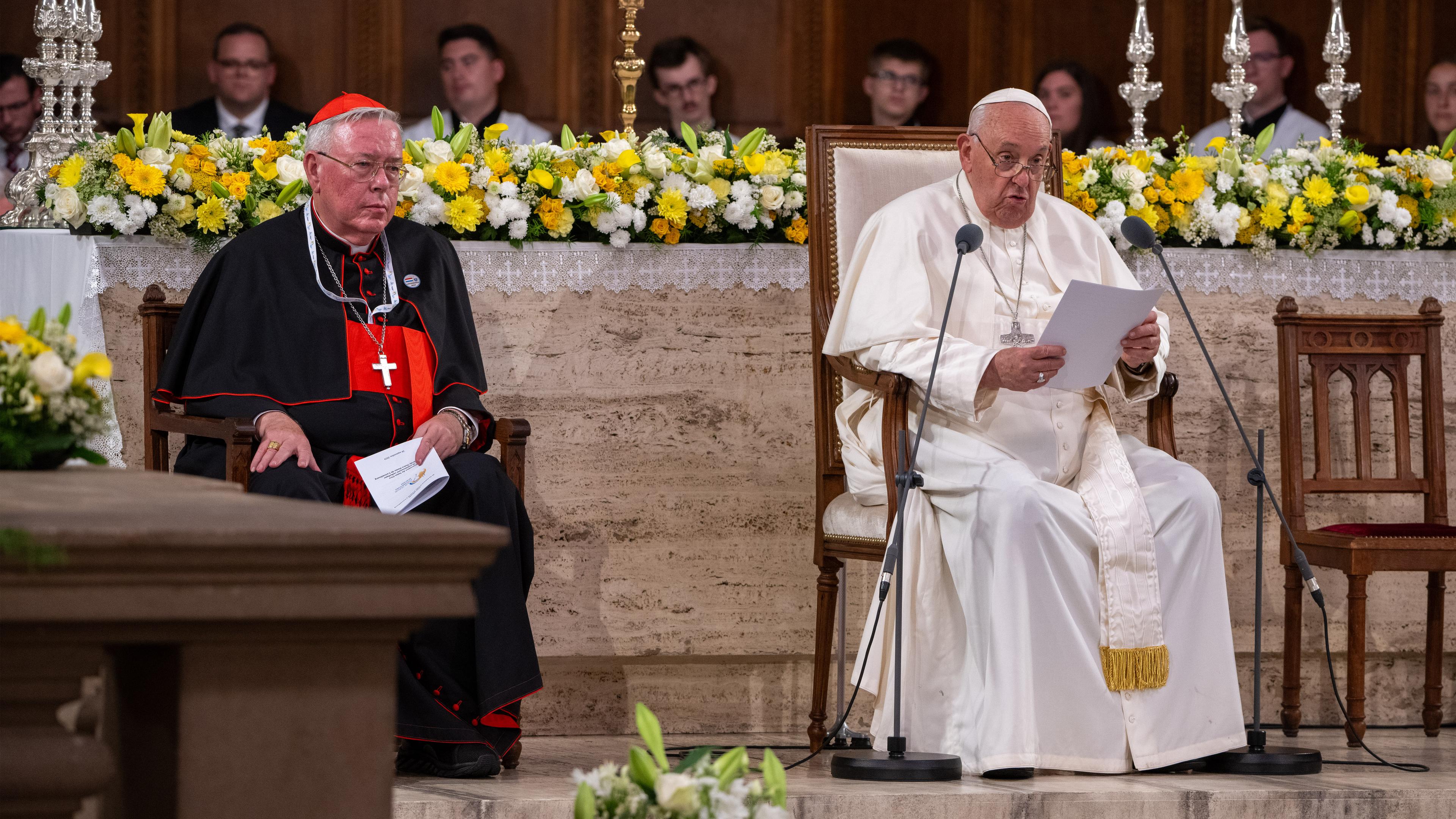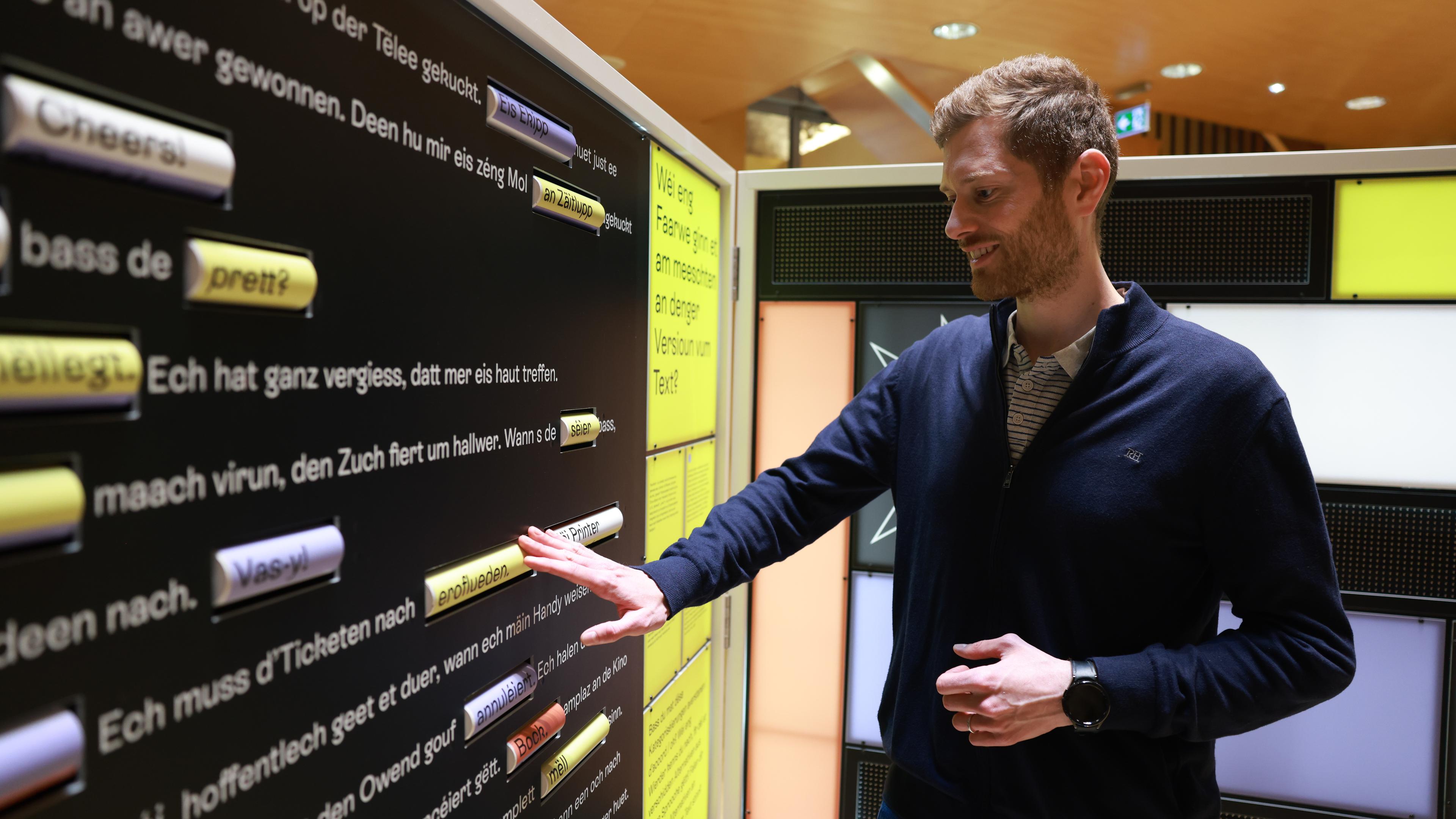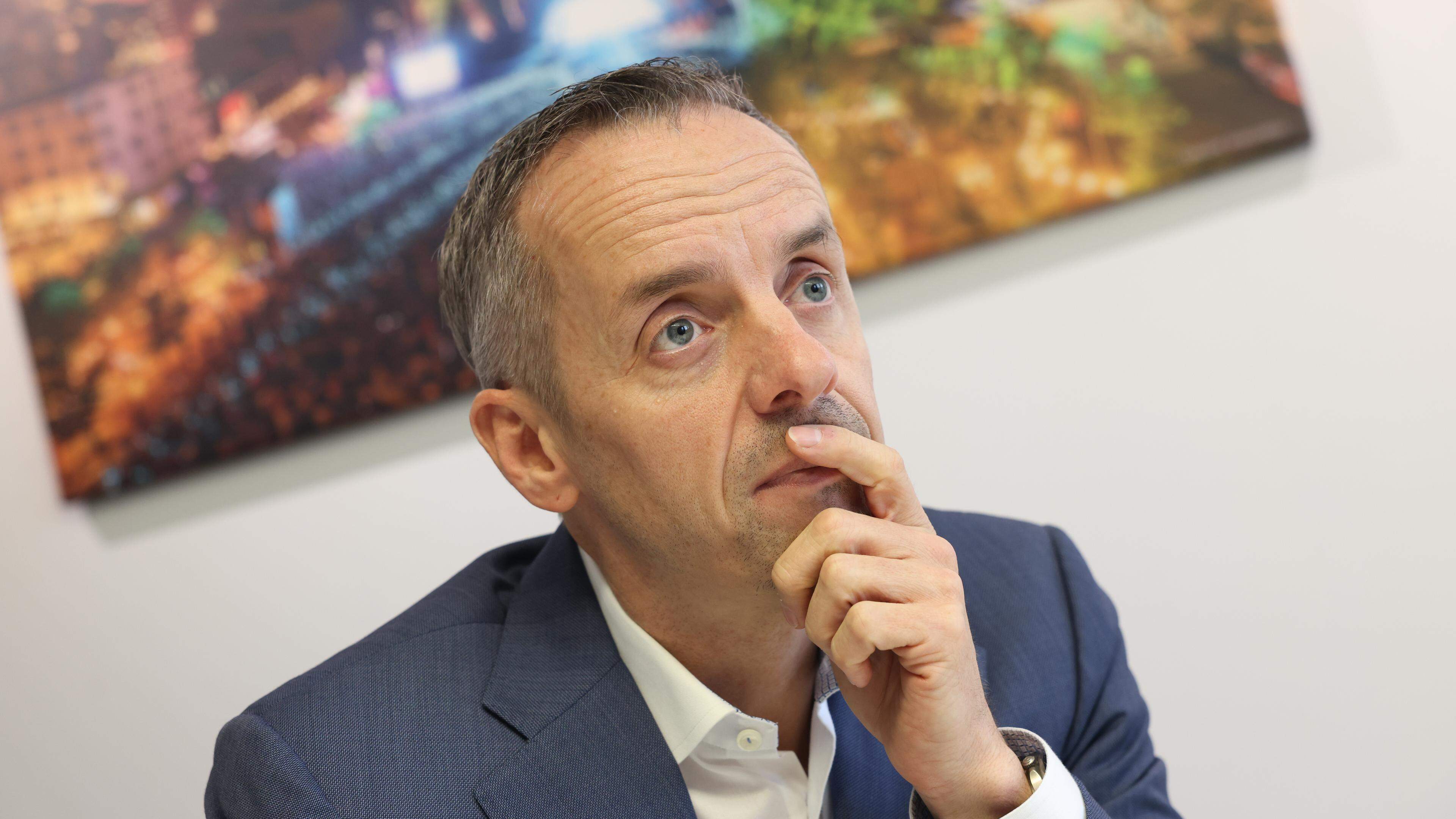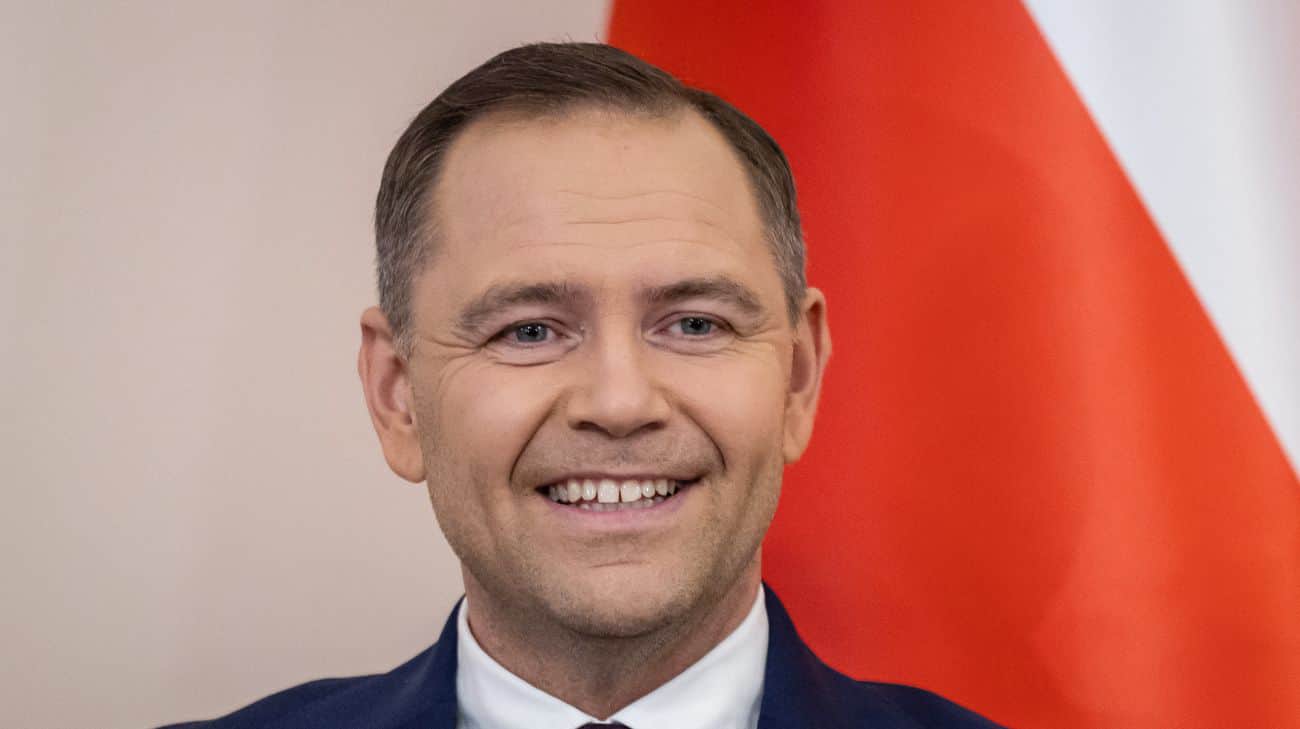So it goes on after the death of Pope Francis

As always, the death of death was spread by the Vatican Cardinal Camer when a Pope was separated: “At 7.35 a.m. this morning is the bishop of Rome, Francis« Returned to the father’s house,” said Mardinal Kevin Farrell, the Irish -born, who has been the office of Camerlengo (as the treasurer in Italian is called) since 2019.
« His whole life was dedicated to the service to God and his church. He taught us to live the values of the gospel with loyalty, courage and universal love, in particular in favor of the poorest and delimited, » said Ferrell in a video message. As soon as the news of the Pope’s death in Rome spread, St. Peter’s Square filled with believers who mourned the death of Francis.
How is the Pope’s death determined?
But with all human sympathy for the fate of the Pope, with all grief of his death, the Romans remain sober nature: « Se Muore Il Papa Si Fa Un Nuovo – if the Pope dies, you make a new one, » is a winged word on the Tiber. The eternal city, which has already seen over 260 popes have come and go, is quite unsentimental in this regard. First, however, the death of the old Pope must be determined.
People on St. Peter’s Square were to look at the joy of the appearance of the Pope. Video: Reuters / Vatican TV / Vatican Media
This is also up to the « Camerlengo », the head of the Holy Chamber. In the past, this happened by the treasurer’s deathbed of the Pope and asked the Holy Father if he was sleeping. If there was no answer, he hit him three times with a silver hammer on his forehead; If there was no reaction again, the Pope was officially declared dead.
Worshiped by the believers, hated with the traditionalists
These times have been over for a long time – today doctors are consulted to determine death, and the brutal hammer ritual is eliminated. The 77-year-old Cardinal Camer Farrell then pulls the fishing ring off the deceased and breaks it together with the papal seal-ring and seal are the insignia of the power of the popes.
After that, the « Vicar General of his holiness for the diocese of Rome », ie the representative of the Pope as Bishop of Rome, is informed about the death of the Pontifex. The Roman deputy has been the Sicilian Cardinal Baldassare Reina since last October: he has the task of announcing the death of the parallel captain to the people of Rome on St. Peter’s Square.
What are the next steps?
The so -called Sedisvakanz has started with the dying of the Pope – the time in which the Holy Chair is vacant. The death of the successor Petri is mourned after a fixed rite for nine days. After at least 15 and after 20 days at the latest, the conclave comes together in the Sistine chapel for the choice of the new Pontifex. All cardinals that are younger than 80 when the Pope died are entitled to vote – currently there are 136.
That is significantly more than the 120, Pope Paul VI. as a maximum limit. The choice usually takes place over several electoral courses and can drag on for days or even weeks. If a new Pope has been found and has explained the acceptance of the election, the white smoke rises from the fireplace above the Sistine chapel.
Who can choose the next Pope?
Anyone who could be the successor of Francis at the moment currently knows only the Holy Spirit. This will accompany and support the cardinals – it is said – in the choice of the new Pontifex. Jorge Maria Bergoglio herself set the course for the choice of his successor: 108 of the 136 entitled Cardinals of the upcoming conclave was appointed by him in a total of ten consistories.
23 of them owe their red birett, the cardinal hat, still Benedict XVI, five others were appointed by John Paul II. However, despite the overwhelming superiority of the « Bergoglio-Cardinals » in the upcoming conclave, it is by no means agreed that the successor to Francis will simply continue its course.
How did the Pope convert the Cardinal College?
The cardinals named by Francis entitled to vote come from over 50 different countries. Many hardly know what makes the formation of rope teams difficult. The « Pope from the other end of the world », as the Argentine Bergoglio had called himself after his election in 2013, strengthened the influence of « periphery » and the global south in the Catholic World Church, especially the Europeans in his cardinal racing.
But among the cardinals of the « periphery » there are very different positions on the various questions – keywords women’s north, celibacy, attitude towards homosexual couples. Many of the « Bergoglians » are characterized by their commitment to the socially weak, for peace, for the environment and for migrants. But in dogmatic questions, the cardinals from Africa and Asia tend to be significantly more conservative than those from the « West ».
Does a clear favorite go into the conclave?
Vatican experts and specialists for the « Toto-Papa » (as speculation about the Pope Succession is called in Italy) this time quite agreed that the outcome of the upcoming conclavable has been unpredictable than for a long time. It is clear that the Italian cardinals, which had put almost all the popes for centuries, now want to see one of those deputies of Peter after a Polish, a German and an Argentine Pope.
Vatican: Pope Francis is dead
The Italians still have a remarkable block of power in the conclave with 17 voters. As a « papabili », ie as possible papal successor, Cardinal State Secretary Pietro Parolin, chief diplomat of the Vatican and the number two in the Vatican right hand of the Pope are among the Italian purple. He is, so to speak, because of his deceased employer.
Opportunities are also given to the chairman of the Italian bishops’ conference, Matteo Zupi, and the Latin patriarch of Jerusalem, Pierbattista Pizzaballa. The two are considered convinced « Bergoglians » and could become top candidates of the « progressive » in the conclave. The problem is: the Italian cardinals, and especially the spa cardinals, do not enjoy a particularly good reputation for many other purple supporters because – rightly or wrongly – they are considered to be intrigue.
Who belongs to the extended group of candidates?
In addition to the Italians, there are also other European cardinals who are given opportunities to succeed Francis: After all, even though their relative weight has decreased under Francis, the Europeans are still almost half of the election committee with 54 cardinals entitled to vote.
Cardinal Hollerich – here on September 26 together with the Pope in the Luxembourg Cathedral – is counted by experts as an extended group of possible successor candidates. Photo: dpa
The expanded circle of European Papabili includes the Luxembourg Cardinal Jean-Claude Hollerich and the Maltese Mario Grech. Both held key positions in the organization of the world synod and profiled themselves as an intermediary and listener. Both are considered more liberal, cosmopolitan cardinals that had a very good connection to Francis.
The expanded circle of European Papabili includes the Luxembourg Cardinal Jean-Claude Hollerich and the Maltese Mario Grech.
The HORPSICITIONS of the Conservative Group include Hungarian Peter Erdö (Archbishop of Budapest), the Dutchman Willem Eijk (Archbishop of Utrecht), the Frenchman Jean-Marc Aveline (Archbishop of Marseille born in Algeria).
The war does not stop Christians in Gaza from Easter
Does an African or Asian cardinal have opportunities?
Many Vatikenner believes that this time the time could be ripe for the first Asian or African Pope. The proportion of African cardinals in the conclave has risen from 9 to 16 percent under Francis; The number of purple carriers from Asia increased from 9 to 22 percent. Among the Africans, the Archbishop of Kinshasa, Fridolin Ambongo Besunu, and the arch -conservative former prefect of the service congregation, Robert Sarah from Guinea, are among the favorites.
Former Benedikt confidant Sarah was a declared opponent of Francis, rejects any opening and would be an ideal candidate for all those cardinals who want to make the Francis pontificate forgotten as soon as possible. The mostly mentioned papalist from Asia has been Luis Antonio Tagle, the former archbishop of Manila and former prefect of the congregation for the evangelization of the peoples for years. Tagle would not be as conservative as Sarah.
Can a conservative role be expected backwards?
In view of the personnel composition of the conclusion, it is rather unlikely that the large conservative restoration will occur according to Francis. But a more or less distinctive course correction cannot be ruled out. Perhaps you will know more in a few days: More Pope voters from all over the world will arrive in Rome every day. It remains to be seen whether information about possible successors seeps through.
At least so far, however, the race for the successor of Pope Francis seems completely open, there are no favorites. This is no longer tragic, because even for supposed favorites the Romans have a winged word ready: « Whoever goes into the conclave as a Pope – i.e. as a favorite – comes out as a cardinal. »








